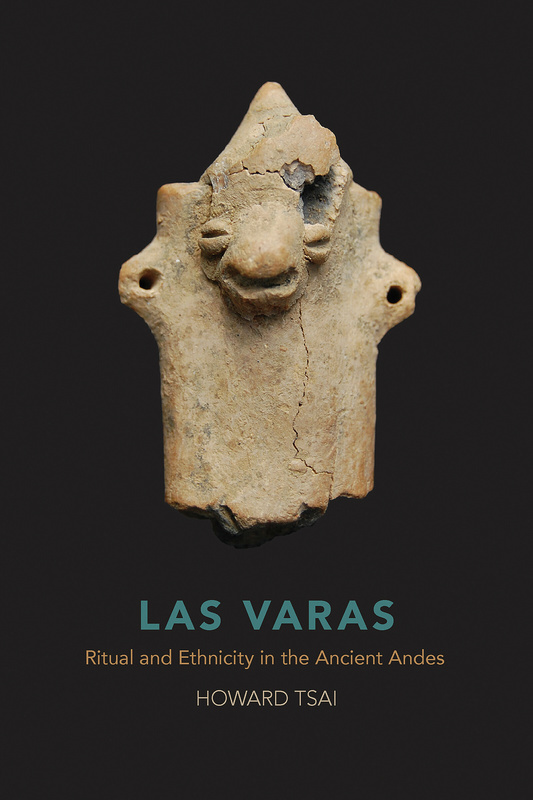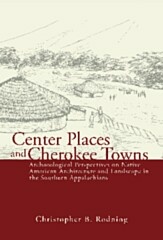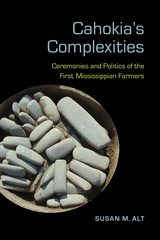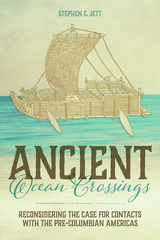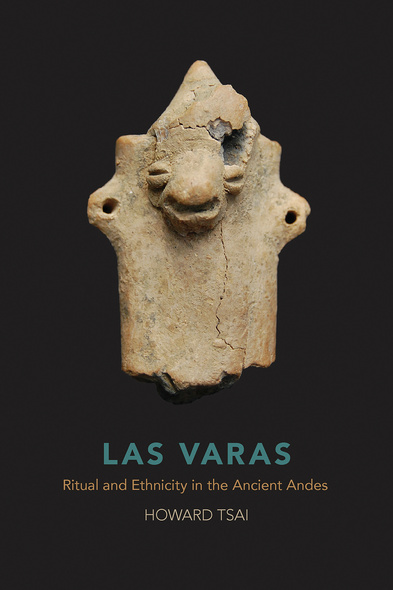
160 pages, 6 x 9
44 B&W figures - 2 maps - 2 tables
Hardcover
Release Date:04 Aug 2020
ISBN:9780817320683
Archaeological data from Las Varas, Peru, that establish the importance of ritual in constructing ethnic boundaries
Recent popular discourse on nationalism and ethnicity assumes that humans by nature prefer “tribalism,” as if people cannot help but divide themselves along lines of social and ethnic difference. Research from anthropology, history, and archaeology, however, shows that individuals actively construct cultural and social ideologies to fabricate the stereotypes, myths, and beliefs that separate “us” from “them.” Archaeologist Howard Tsai and his team uncovered a thousand-year-old village in northern Peru where rituals were performed to recognize and reinforce ethnic identities.
This site—Las Varas—is located near the coast of Peru in a valley leading into the Andes. Excavations revealed a western entrance to Las Varas for those arriving from the coast and an eastern entryway for those coming from the highlands. Rituals were performed at both of these entrances, indicating that the community was open to exchange and interaction, yet at the same time controlled the flow of people and goods through ceremonial protocols. Using these checkpoints and associated rituals, the villagers of Las Varas were able to maintain ethnic differences between themselves and visitors from foreign lands.
Las Varas: Ritual and Ethnicity in the Ancient Andes reveals a rare case of finding ethnicity relying solely on archaeological remains. In this monograph, data from the excavation of Las Varas are analyzed within a theoretical framework based on current understandings of ethnicity. Tsai’s method, approach, and inference demonstrate the potential for archaeologists to discover how ethnic identities were constructed in the past, ultimately making us question the supposed naturalness of tribal divisions in human antiquity.
Recent popular discourse on nationalism and ethnicity assumes that humans by nature prefer “tribalism,” as if people cannot help but divide themselves along lines of social and ethnic difference. Research from anthropology, history, and archaeology, however, shows that individuals actively construct cultural and social ideologies to fabricate the stereotypes, myths, and beliefs that separate “us” from “them.” Archaeologist Howard Tsai and his team uncovered a thousand-year-old village in northern Peru where rituals were performed to recognize and reinforce ethnic identities.
This site—Las Varas—is located near the coast of Peru in a valley leading into the Andes. Excavations revealed a western entrance to Las Varas for those arriving from the coast and an eastern entryway for those coming from the highlands. Rituals were performed at both of these entrances, indicating that the community was open to exchange and interaction, yet at the same time controlled the flow of people and goods through ceremonial protocols. Using these checkpoints and associated rituals, the villagers of Las Varas were able to maintain ethnic differences between themselves and visitors from foreign lands.
Las Varas: Ritual and Ethnicity in the Ancient Andes reveals a rare case of finding ethnicity relying solely on archaeological remains. In this monograph, data from the excavation of Las Varas are analyzed within a theoretical framework based on current understandings of ethnicity. Tsai’s method, approach, and inference demonstrate the potential for archaeologists to discover how ethnic identities were constructed in the past, ultimately making us question the supposed naturalness of tribal divisions in human antiquity.
This book contributes usefully to local culture history by complicating coast–highland dichotomies and situating the Coastal Cajamarca style in the chaupiyunga. More broadly, it offers an example of an archaeology-driven approach to ethnicity that moves beyond identifying ethnic affiliation based on material patterns. By framing ethnic interactions in terms of game theory, Tsai emphasizes the role of strategic action within ritual structures in shaping contingent relationships of competition, exchange, and alliance among coast, chaupiyunga, and highland communities. This ultimately offers an interesting framework for thinking about ethnicity and interregional interaction in the Andes.’
—Latin American Antiquity
‘Archaeologists and anthropologists have been interested in ethnicity for many years. Las Varas is a welcome addition to this literature, offering a unique study of relationships between different ethnic groups in the chaupiyunga zone.’
—Christina Conlee, author of Beyond the Nasca Lines: Ancient Life at La Tiza in the Peruvian Desert
In sampling the rather large pre-Incan settlement, the author found what was interpreted as an eastern and western entrance. The occupation near the western entrance was dominated by the Coastal Cajamarca style and coastal artifacts, strongly suggesting that this style was not coastal in origin but rather derived from the chaupiyunga zone. The presumed entrance on the eastern side demonstrated more highland relationships, particularly in cyst tombs, posing interesting problems of ethnicity. The arguments and evidence will be of much interest to archaeologists researching northern Peru. The text is supported by 48 maps and figures and an extensive bibliography and index. Recommended.'
—CHOICE
Howard Tsai is lecturer at the University of Michigan’s Program in International and Comparative Studies.

